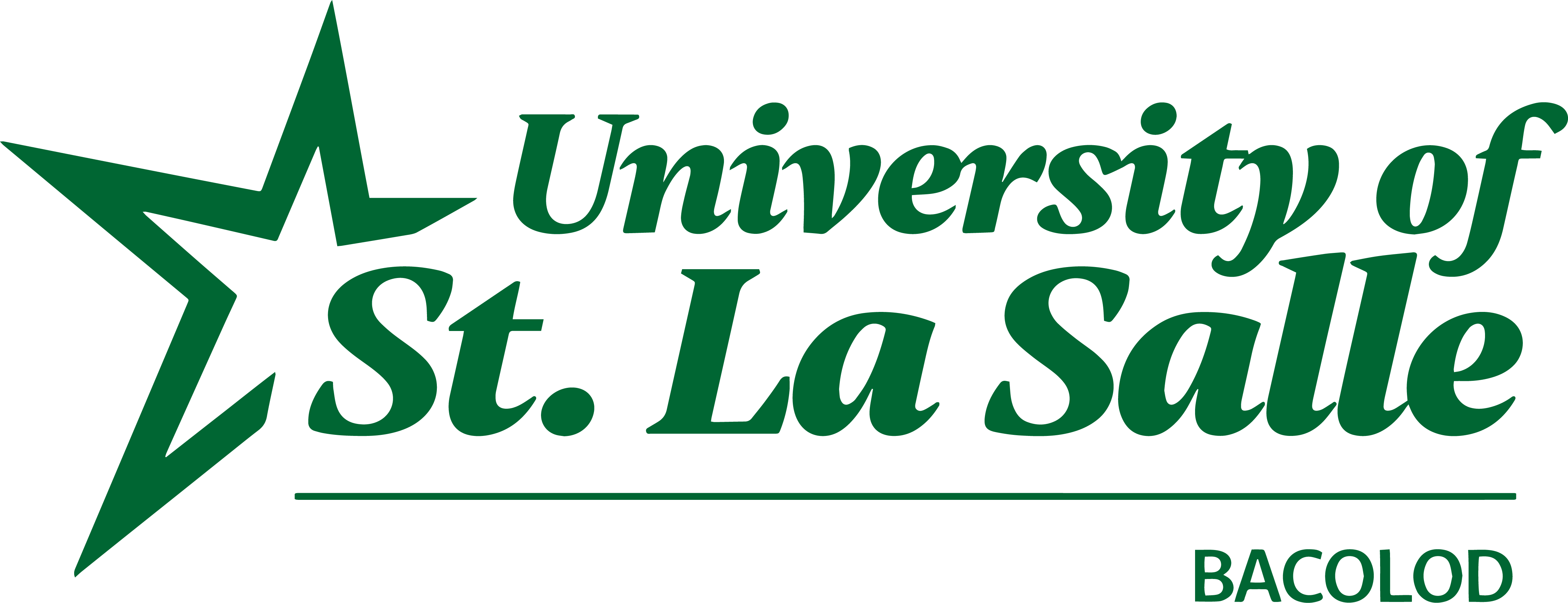Health status of non-teaching personnel: Basis for a wellness plan
https://doi.org/10.70228/CBJ2024044
Cite this article Read this article
ABSTRACT
Health is an essential indicator of workers’ productivity and economic development. Hence, this study was conducted to determine the health status of non-teaching personnel at a private university during the academic year 2019-2020. Utilizing a descriptive design, the study surveyed 306 non-teaching personnel. Based on data analysis, it was found that the level of health status of non-teaching personnel in body mass index was low; moderate in eating habits, and high in physical fitness activities. According to variables, the non-teaching personnel's health status was rated moderate in most areas. In contrast, some areas obtained a low level, except for physical fitness activities, which consistently obtained a high level. Notably, there was no significant difference in the level of health status in weight management in relation to body mass index when grouped and compared according to sex and civil status; however, there was a significant difference when grouped and compared according to age, length of service, and family income. Likewise, no significant difference was noted in the level of health status of non-teaching personnel in eating habits when grouped and compared according to sex and family monthly income; however, there was a significant difference when grouped and compared according to age, civil status, and length of service. As regards physical fitness activities, there was no significant difference in the level of health status among non-teaching personnel when grouped and compared according to civil status and family monthly income, but there was a significant difference when grouped and compared according to age, length of service, and sex. Thus, a wellness plan was designed to promote a healthy lifestyle among non-teaching personnel.
Keywords: health status, non-teaching personnel, physical fitness activities, weight management, eating habits

Volume 2, 2021 EDITION
Published 2021
Editor's Note
Research can be a catalyst for change, and this is highlighted in the latest collection of scholarly work in Volume 2 of the Journal of Engineering, Food Science, and Computing Technologies. Studies featured in this volume represent various technological innovations in response to societal problems in education, employment, health, and the environment. To address the challenges of the pandemic, Bunda and his co-authors developed an immersive and interactive educational program that can be used by grade school students, and Dizon and her partners created a mobile and web application for streamlining the hiring process of blue-collar workers. These research endeavors demonstrate that computing technologies are a valuable tool in ensuring the resiliency and efficiency of processes amidst the changing realities of the world. The papers of Tagamolila, Novia, and co-authors showcase the use of emerging technologies to provide solutions to major concerns in our environment, like plastic pollution, solid waste, and water quality degradation. Tagamolila presents an alternative bioplastic from agricultural waste and investigates its properties, while Novia and her team developed an unmanned aerial vehicle for water quality monitoring. Each research study illustrates how novel ideas can help in alleviating environmental problems in our world. Maravilla’s group explored invasive plant species' antioxidant and antiproliferative properties and their potential in combating cancer. Their study provides baseline information on the use of natural products to address current health concerns. This issue is a testament to the commitment and dedication of researchers, editors, and reviewers and it is with great appreciation to these people that we present this volume. This volume shows the great impact of academic research on our society, and we hope that this will serve as an inspiration for further academic pursuits and significant transformations on the local, national, and global stage. Mary Ann T. Pandan Editor-in-Chief


